
Estás filtrando por
Se encontraron 2231 resultados en recursos

Este sencillo libro práctico es una invitación a adentrarse en el sorprendente mundo del color en el bordado. Su autora, la artista bordadora japonesa Miriki, nos muestran lo mágico que puede resultar atrevernos a jugar con el color en nuestras obras textiles, y lo hace a través de bellos proyectos inspirados en la naturaleza
Fuente:
Digitalia
Formatos de contenido:
Libros
Compartir este contenido
Bordar con color
Copia el enlace o compártelo en redes sociales
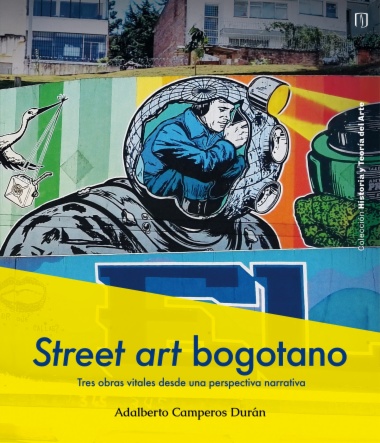
Street art bogotano
.
Fuente:
Digitalia
Formatos de contenido:
Libros
Compartir este contenido
Street art bogotano
Copia el enlace o compártelo en redes sociales
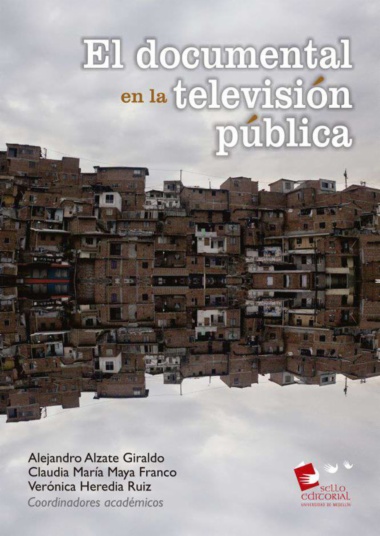
El documental en la televisión pública
El libro presenta los resultados de una propuesta para el análisis de documentales. Caso: Telemedellín (1997 – 2014). Tiene como referente de su contenido el análisis del corpus elaborado durante la investigación. Sin embargo, el producto escrito no procede de manera secuencial por varios motivos: algunos textos han sido escritos colectivamente y otros de modo individual; los investigadores poseemos diversas formaciones y, por lo tanto, diversas perspectivas de análisis y, por último, el corpus documental construido tiene tantas puertas y abre tantas posibilidades al análisis, que dichos textos constituyen tan solo el asomo a algunas de las temáticas que el instrumento promete y hace posible.
Fuente:
Digitalia
Formatos de contenido:
Libros
Compartir este contenido
El documental en la televisión pública
Copia el enlace o compártelo en redes sociales
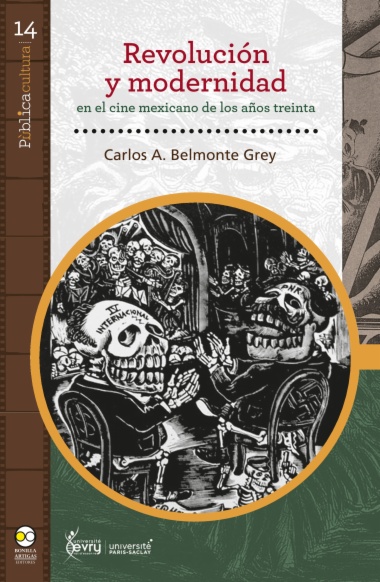
Revolución y modernidad en el cine mexicano de los años treinta
El presente libro recupera el cine de la revolución mexicana para explicar dos procesos, el de la formación del nacionalismo mexicano y el sentido de la revolución. Se plantea que a través de las películas se pueden observar los síntomas del modernismo vernáculo. Es decir, la formación del nacionalismo mexicano introdujo las referencias de la modernidad alimentadas por el folclor local, combinándolo con tendencias ideológicas, estéticas y culturales de tipo transnacional. Así, estas expresiones propusieron representaciones iconográficas y discursivas del Ser nacional a fin de reformarlo y reconocerlo como arquetipo de la nacionalidad dentro del discurso de la modernidad. Para este fin fueron descritas las tres tendencias culturales de interpretación de la revolución durante las décadas de 1920 y 1930.
Fuente:
Digitalia
Formatos de contenido:
Libros
Compartir este contenido
Revolución y modernidad en el cine mexicano de los años treinta
Copia el enlace o compártelo en redes sociales
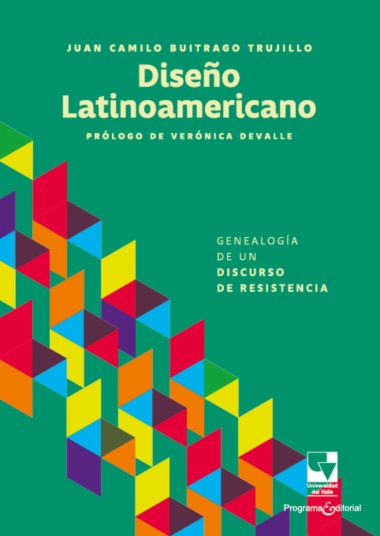
Diseño latinoamericano
La investigación de la que se desprenden las siguientes ideas me ayudó a darle una respuesta provisional al fenómeno de ALADI, que me intrigó desde hace mucho tiempo. La Universidad del Valle en Cali, Colombia, lo posibilitó, por la comisión de estudios que me otorgó para hacer mi doctorado en la Universidad de São Paulo —USP—Esta, por su parte, me recibió y ofreció la estructura de una universidad de primer nivel. Un valor que ojalá no se pierda en el asedio político que vive lo público en Brasil por estos días, y que espero que sea conquistado en Colombia en la coyuntura de cambio de la narrativa la formación gratuita de calidad en todos los niveles es necesario para la que Elizabeth Cancelli llama "América Latina de la pesadilla" (Cancelli, 2003).
Fuente:
Digitalia
Formatos de contenido:
Libros
Compartir este contenido
Diseño latinoamericano
Copia el enlace o compártelo en redes sociales
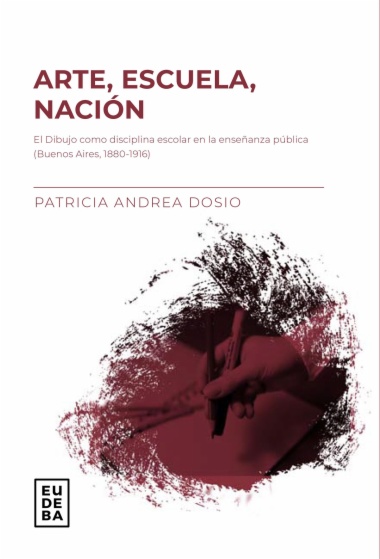
Arte, escuela, nación
¿Qué lugar que ocupó la instrucción del dibujo en la escuela común durante el régimen conservador? ¿Cuál fue la función que pretendió dársele al dibujo? ¿De qué modo fue instrumentada su enseñanza?En un país que se encontraba en pleno desarrollo industrial, aprender dibujo se vinculó con la capacitación de futuros trabajadores, aprendices u obreros. Además, la enseñanza del dibujo se puede examinar como parte de una historia de la observación cuyas prácticas conforman una construcción histórica y contextual que se aprende. En este sentido, el aprender a dibujar supuso la interiorización de conductas y hábitos que se fueron sistematizando, estereotipando y naturalizando a lo largo del proceso de institucionalización de los sistemas públicos de escolarización.
Fuente:
Digitalia
Formatos de contenido:
Libros
Compartir este contenido
Arte, escuela, nación
Copia el enlace o compártelo en redes sociales
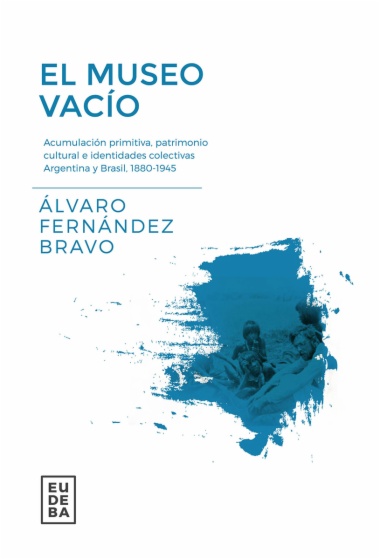
El museo vacío
Analiza el concepto patrimonio cultural, particularmente el que habita en el museo, entendido éste como organismo público o privado y como un institución de masas que se reinventa constantemente.La obra plantea reflexiones críticas acerca de la formación del patrimonio cultural sobre la base del “saqueo” de la cultura de los otros y la noción de “propiedad”.El autor hace una analogía entre museo vacío y patrimonio vacío, una nación falta de contenido simbólico que necesita llenar con acumulación de material en sus museos. Compara naciones como Argentina y Brasil, con un patrimonio cultural vacío que fue llenándose con el legado de la cultura indígena, con países europeos, los cuales gozan de un vasto patrimonio cultural.
Fuente:
Digitalia
Formatos de contenido:
Libros
Compartir este contenido
El museo vacío
Copia el enlace o compártelo en redes sociales
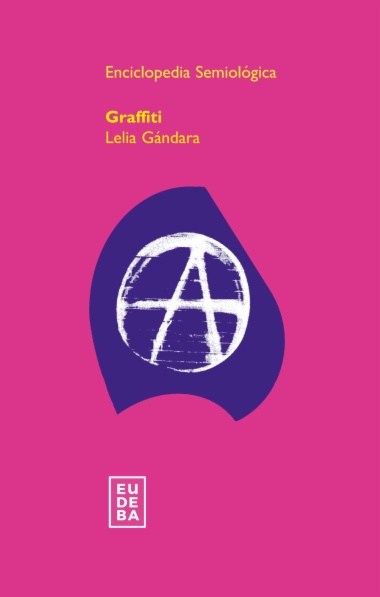
Graffiti
Conceptualmente, el graffiti evoca una acción muy primitiva, la de los primeros trazos del hombre en la piedra de las cavernas. Desde entonces la humanidad no ha cesado de dejar su rastro en las paredes. En la actualidad, el graffiti es una forma de comunicación ya incorporada al paisaje urbano. Esta modalidad de expresión presenta una enorme riqueza para el semiólogo, el antropólogo urbano, el sociólogo, así como para las ciencias de la comunicación y el lenguaje.
Fuente:
Digitalia
Formatos de contenido:
Libros
Compartir este contenido
Graffiti
Copia el enlace o compártelo en redes sociales
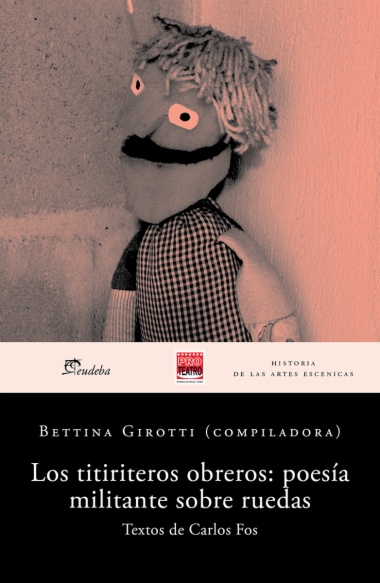
Los titiriteros obreros: poesía militante sobre ruedas
La práctica escénica fue para los artistas militantes un arma de combate y, aunque la precariedad conspiraba contra su plan, no se dieron por vencidos adaptando sus proyectos a las exigencias del afuera y a las emergencias del devenir temporal. Así, representaron en improvisados escenarios obras de producción propia o de autores reconocidos. Los que pudieron contar con cierta continuidad se propusieron mejorar, desarrollando estrategias diversas, y solían compartir sus actuaciones con la acción directa en las fábricas o en piquetes de huelga. Los titiriteros surgieron como una propuesta que creció...
Fuente:
Digitalia
Formatos de contenido:
Libros
Compartir este contenido
Los titiriteros obreros: poesía militante sobre ruedas
Copia el enlace o compártelo en redes sociales
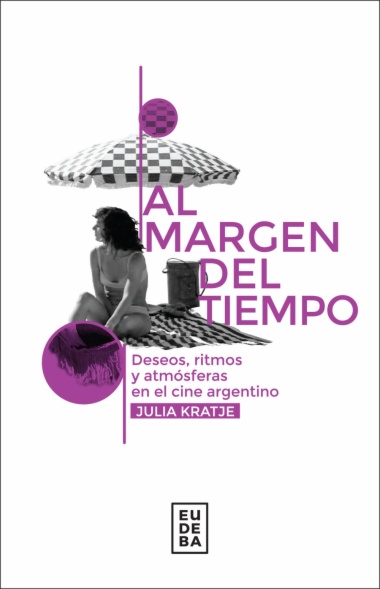
Al margen del tiempo
Esta obra estudia algunas películas argentinas recientes, como Ana y los otros de Celina Murga, Una novia errante de Ana Katz, Ostende de Laura Citarella, Rompecabezas de Natalia Smirnoff, Reimon de Rodrigo Moreno y La niña santa de Lucrecia Martel, para abrir una reflexión sobre un universo mucho más amplio donde se cruzan el cine, la perspectiva feminista, el goce, la narración, los afectos y los vínculos entre el ocio, el trabajo y lo doméstico. La autora investiga cómo esos mundos ficcionales, a través de sus figuraciones elusivas y proliferantes, permiten imaginar otros territorios y otras...
Fuente:
Digitalia
Formatos de contenido:
Libros
Compartir este contenido
Al margen del tiempo
Copia el enlace o compártelo en redes sociales
Selecciona las Colecciones en las que vas a añadir el contenido
Para consultar los contenidos añadidos busca la opción Tus colecciones en el menú principal o en Mi perfil.
